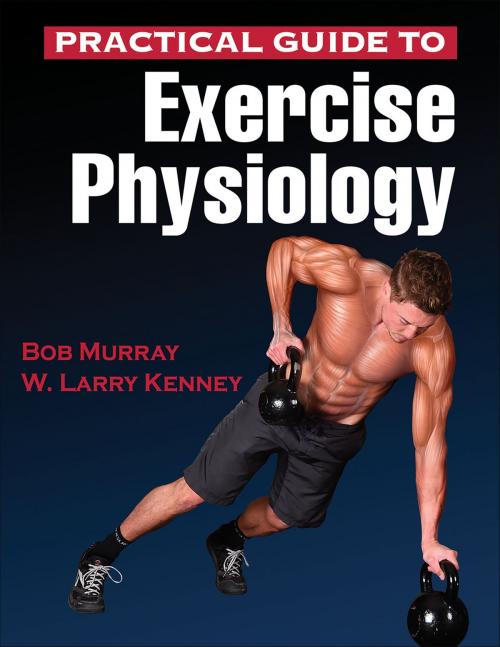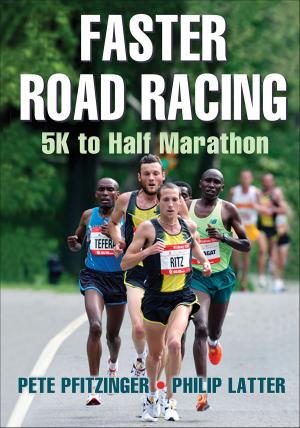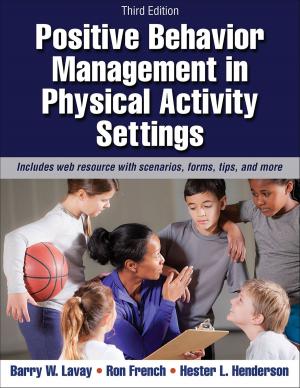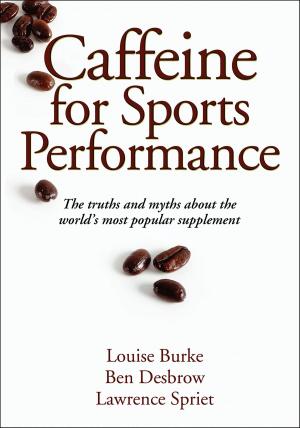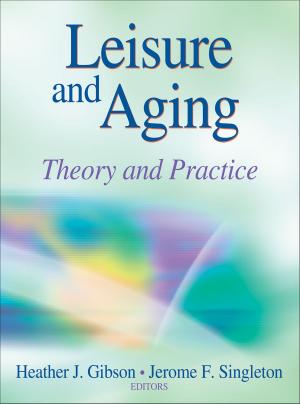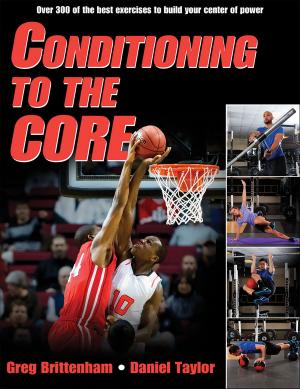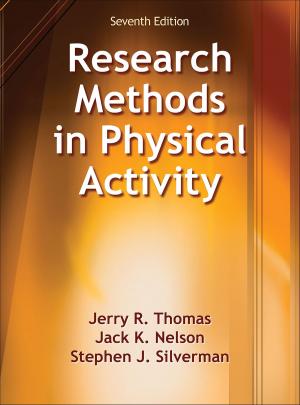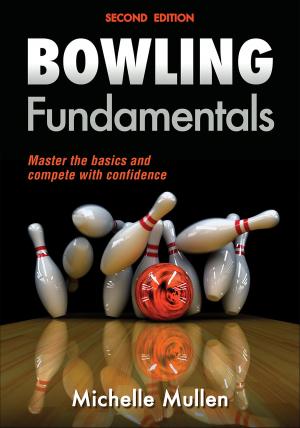Practical Guide to Exercise Physiology
Nonfiction, Science & Nature, Science, Biological Sciences, Human Physiology, Health & Well Being, Fitness, Exercise, Health| Author: | Robert Murray, W. Larry Kenney | ISBN: | 9781492585602 |
| Publisher: | Human Kinetics, Inc. | Publication: | February 22, 2016 |
| Imprint: | Human Kinetics, Inc. | Language: | English |
| Author: | Robert Murray, W. Larry Kenney |
| ISBN: | 9781492585602 |
| Publisher: | Human Kinetics, Inc. |
| Publication: | February 22, 2016 |
| Imprint: | Human Kinetics, Inc. |
| Language: | English |
Practical Guide to Exercise Physiology guides readers through the scientific concepts of exercise physiology with highly visual, easy-to-follow content. The text applies complex concepts of physiology to exercise program design, giving personal trainers, strength and conditioning specialists, and other health and fitness professionals an accessible resource to use with their clients. Written specifically for those in the fitness industry, the text covers various training goals and considerations when working with clients and athletes at all levels.
This guide takes an application-based approach in describing intricate physiological processes so that professionals can select and explain the appropriate exercises and physical activity regimens for clients. The text is complemented by medical artwork that puts complex systems in a digestible visual context. These systems are then applied to real-world practice through explanations of exercises that are beneficial to specific body systems and instructions on combining various exercises to achieve the desired results.
Part I of Practical Guide to Exercise Physiology is a review of the fundamentals of physiology, including muscles and muscle adaptation, bioenergetics, and the cardiorespiratory system. It also details the various activities and processes that contribute to fatigue. Part II applies and expands on this information to address the design of training programs for achieving specific goals. These goals include increasing muscle mass and strength; losing weight; and developing speed, power, and aerobic endurance. Finally, part III addresses adaptations and special considerations of these training programs, including adjustments for changes in altitude or temperature and considerations for special populations such as children, older adults, and pregnant women.
Alongside the content and illustrations, Practical Guide to Exercise Physiology includes tools that apply concepts to everyday practice:
• Factoid boxes engage readers with additional facts about the human body and its response to training.
• Sidebars throughout the text pinpoint current topics of concern so that personal trainers and fitness professionals can prepare for and respond to these issues.
• An index of common questions from clients is an easy reference on client education.
• Sample training programs illustrate how the scientific concepts that guide program design are used in practice.
Practical Guide to Exercise Physiology contains all the necessary information for new and current personal trainers and fitness professionals. Readers will gain confidence in designing exercise programs for various populations and the ability to explain to clients how each exercise and movement will help them achieve their goals.
Practical Guide to Exercise Physiology guides readers through the scientific concepts of exercise physiology with highly visual, easy-to-follow content. The text applies complex concepts of physiology to exercise program design, giving personal trainers, strength and conditioning specialists, and other health and fitness professionals an accessible resource to use with their clients. Written specifically for those in the fitness industry, the text covers various training goals and considerations when working with clients and athletes at all levels.
This guide takes an application-based approach in describing intricate physiological processes so that professionals can select and explain the appropriate exercises and physical activity regimens for clients. The text is complemented by medical artwork that puts complex systems in a digestible visual context. These systems are then applied to real-world practice through explanations of exercises that are beneficial to specific body systems and instructions on combining various exercises to achieve the desired results.
Part I of Practical Guide to Exercise Physiology is a review of the fundamentals of physiology, including muscles and muscle adaptation, bioenergetics, and the cardiorespiratory system. It also details the various activities and processes that contribute to fatigue. Part II applies and expands on this information to address the design of training programs for achieving specific goals. These goals include increasing muscle mass and strength; losing weight; and developing speed, power, and aerobic endurance. Finally, part III addresses adaptations and special considerations of these training programs, including adjustments for changes in altitude or temperature and considerations for special populations such as children, older adults, and pregnant women.
Alongside the content and illustrations, Practical Guide to Exercise Physiology includes tools that apply concepts to everyday practice:
• Factoid boxes engage readers with additional facts about the human body and its response to training.
• Sidebars throughout the text pinpoint current topics of concern so that personal trainers and fitness professionals can prepare for and respond to these issues.
• An index of common questions from clients is an easy reference on client education.
• Sample training programs illustrate how the scientific concepts that guide program design are used in practice.
Practical Guide to Exercise Physiology contains all the necessary information for new and current personal trainers and fitness professionals. Readers will gain confidence in designing exercise programs for various populations and the ability to explain to clients how each exercise and movement will help them achieve their goals.
